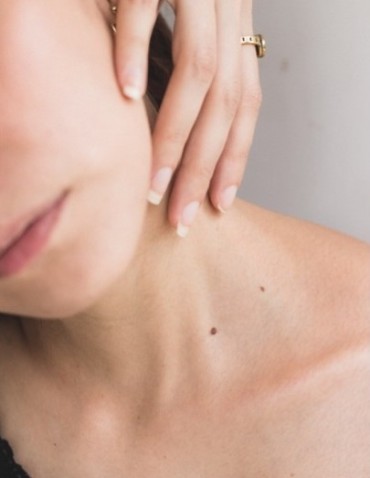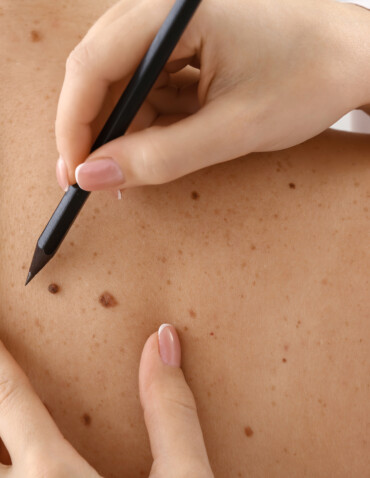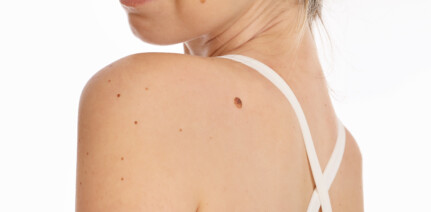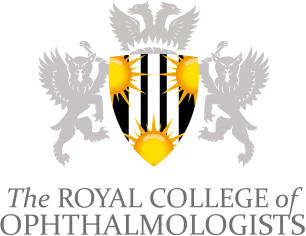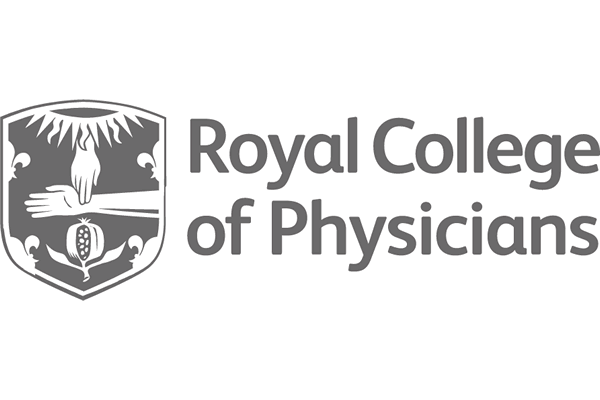Types of Skin Cancer
Three common types of skin cancer may develop in or near moles or even as new growths. These include basal cell carcinoma, squamous cell carcinoma, and melanoma.
Melanoma
Melanoma is a type of skin cancer that originates in melanocytes, the cells producing melanin, the pigment responsible for skin colour. It is considered the most dangerous form of skin cancer due to its higher risk of spreading to other parts of the body if not detected and treated promptly.
Moles, or nevi, are clusters of melanocytes that usually appear as small, dark brown spots on the skin. While most moles are benign and non-cancerous, melanoma can sometimes develop within a mole or on otherwise normal-looking skin.
Basal Cell Carcinoma
Basal cell carcinoma is the most common form of skin cancer. Although it is less dangerous than melanoma, it can cause significant local tissue damage if left untreated. Basal cell carcinoma can manifest in various ways, such as a shiny, small lump or a crusty, non-healing nodule, patch, or ulcer on the skin.
Unlike melanoma, basal cell carcinoma rarely spreads to other body parts. However, treating and removing these lesions is still crucial to prevent them from growing and damaging surrounding tissue. Fortunately, the growth rate of basal cell carcinoma is slow, making it relatively easy to cure when addressed early.
Squamous Cell Carcinoma
Squamous cell carcinoma is less common than basal cell carcinoma but can pose a slightly higher risk. It appears as red, skin-coloured, or crusty lumps on the skin. While there is a small chance that squamous cell carcinoma may spread to other parts of the body, this risk is minimal if the cancer is treated early.
When Should I Start Worrying About My Mole?
If you observe any changes in existing moles or notice the appearance of new moles or lesions, it is crucial to have them checked promptly. Early detection is important because if these growths are cancerous, the cells can increase rapidly, potentially leading to extensive and harmful growth that could adversely affect your overall health and impact larger areas of your body.
You should consider having your mole checked if you notice any new moles or lesions or if existing moles begin to change in shape, size, or colour. These changes could indicate potential health risks.
To identify warning signs of cancerous changes in moles or freckles, remember the ABCDE rule:
- Asymmetry: Irregular or asymmetrical shape
- Border: Edges that are irregular or blurred
- Colour: Uneven colour with various shades of black, brown, or pink
- Diameter: Rapid changes in size, with most melanomas being at least 6mm
- Evolving: Changes in size, shape, or colour, or if the mole begins to bleed or scab
If you observe any of these symptoms, it’s important to seek advice from a specialist.
Procedure Overview
Depending on the size and location of the mole, either non-surgical methods or local anaesthesia may be used for removal.
What Happens During a Mole Check?
During a mole assessment and check, you will first be asked a series of questions about your concerns regarding your skin and moles and any family history of skin cancer. This initial consultation helps the specialist understand your specific situation. Following this, your skin will be examined using a special instrument known as a dermatoscope, which allows for a thorough evaluation of your moles. Based on this assessment, your consultant will provide an accurate diagnosis and, if necessary, outline a plan to remove any moles that may pose a risk.
Methods of Mole Removal
Laser Removal: This technique is ideal for small, raised moles, especially in areas where minimal scarring is important, such as on the face. Laser removal uses light energy to break down the melanin pigment in the mole, effectively removing it.
Shave Removal: Shave removal is a suitable option for moles that protrude from the skin. Under local anaesthetic, a surgical blade shaves off the mole, leaving it slightly beneath the skin’s surface. This method results in a pink indent that gradually fades over time.
Excision Removal: This method is best for larger moles concerned about regrowth. Excision involves the surgical removal of the mole and a small border of healthy surrounding skin under local anaesthetic. The procedure requires stitches to close the wound, resulting in a small scar that will diminish over time.
How Much Does a Mole Assessment and Check Cost?
The cost for a standard mole assessment and check begins at £300.



